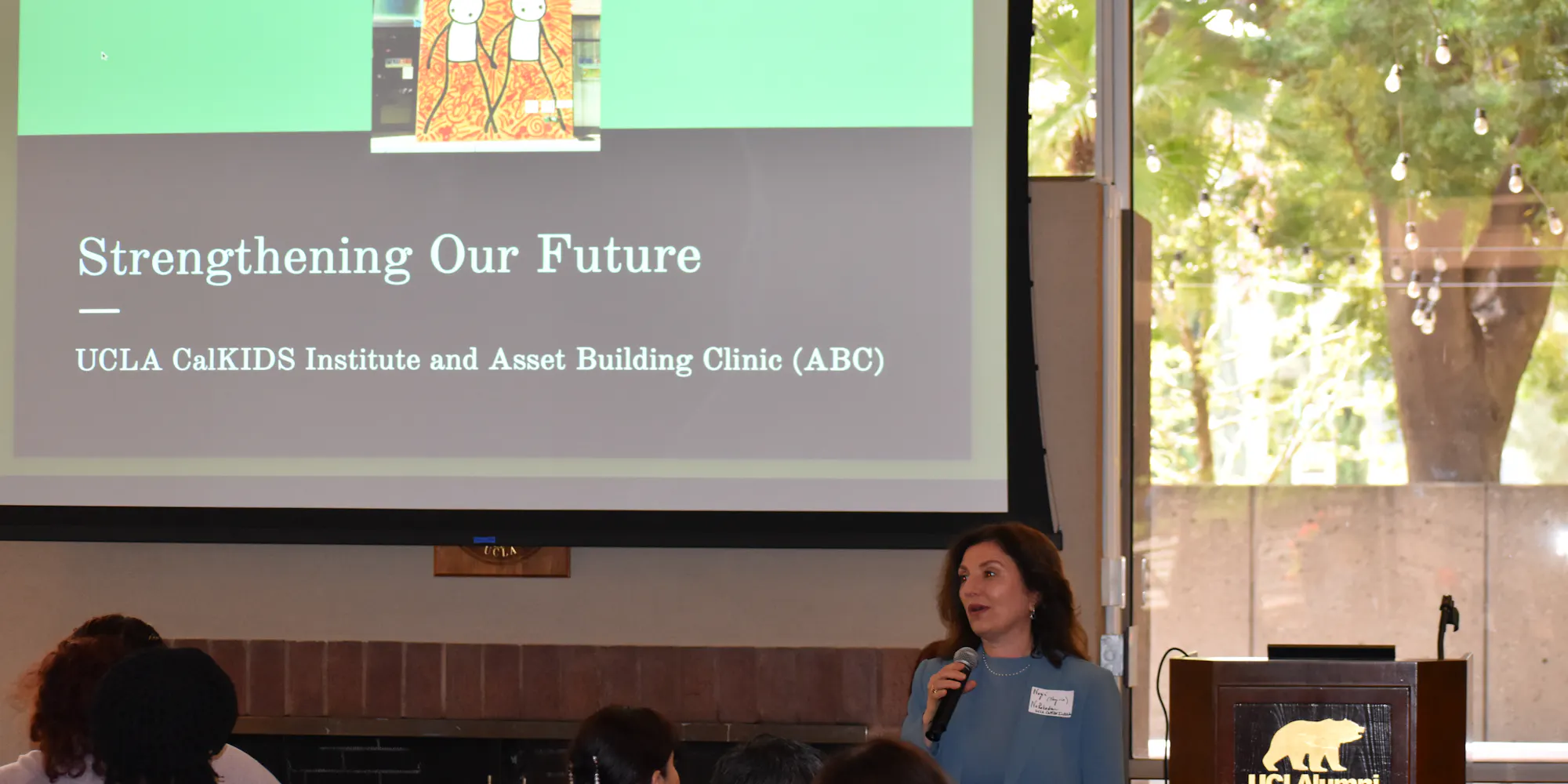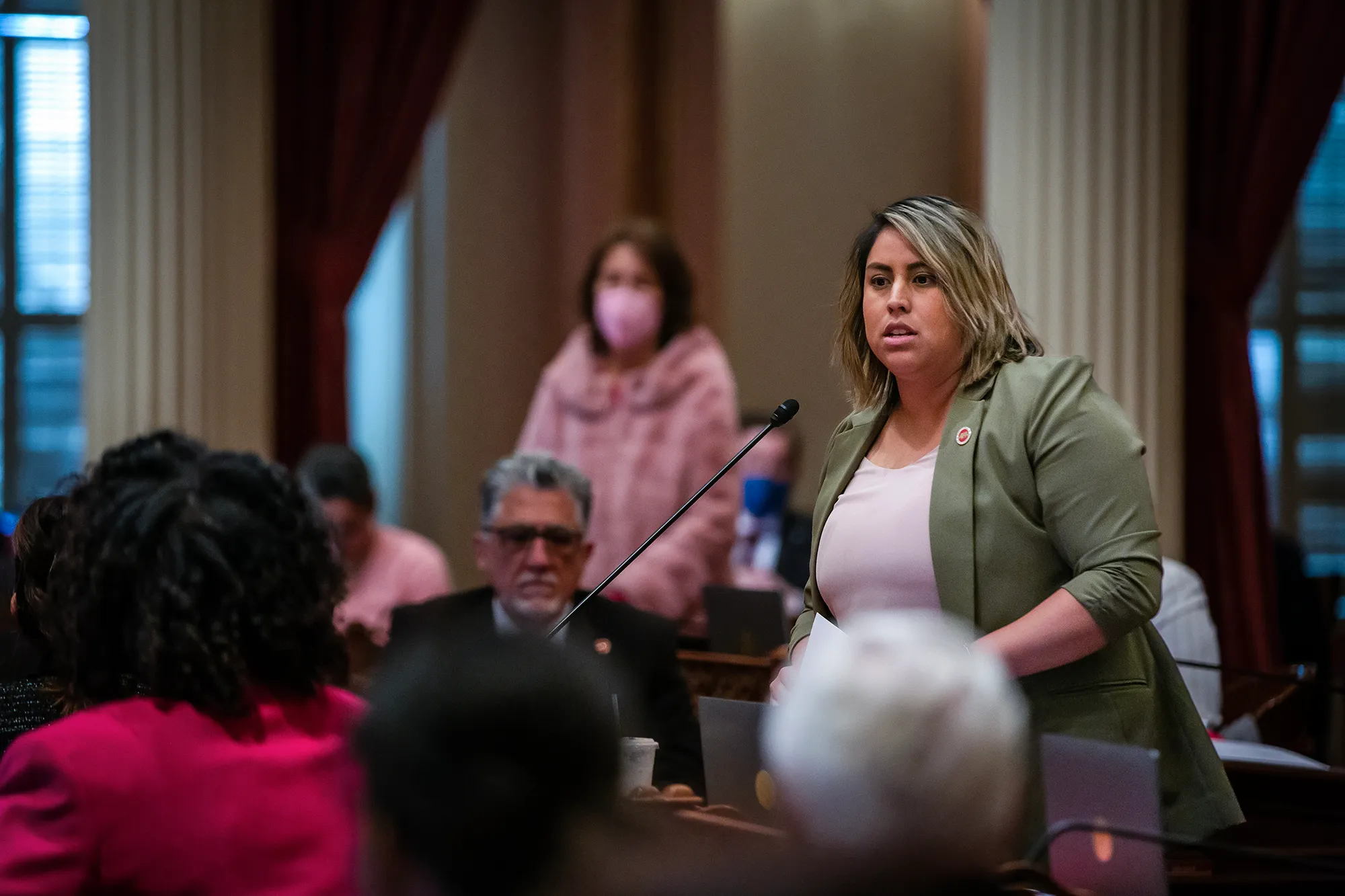In L.A., the Answer is Both as Leaders Struggling to Respond
In Los Angeles, by far the state’s biggest hub of crime, 69% of residents said they considered violence and street crime as either a serious or significant problem. And the LAPD’s data analysis has long been a source of exasperation among local officials.
By RYAN SABALOW
CalMatters
It’s 8:19 a.m. Tuesday at the Los Angeles Police Department’s Rampart Division. Nothing about this place, at least on this morning, shouts “crime wave.”
There are a few people in the lobby — a woman checking on the status of her stolen car, a couple reporting a stolen passport. The streets outside are bustling with kids headed to school and vendors setting up for the day, but the neighborhood has the sleepy feel of a community going back to work after a long weekend, not of a place living under the siege of crime.
Television coverage leaves a different impression. Over a recent holiday weekend, one station went big with the mugging of a young father who was robbed of his savings and the story of jewelry store owners who fought off a robbery attempt. On another station, all five of the top local stories were about crime as of Tuesday morning.
That has an effect on public perceptions. In a Public Policy Institute of California survey, two-thirds of Californians said they viewed crime as a serious problem. In Los Angeles, by far the state’s biggest hub of crime, 69% of residents said they considered violence and street crime as either a serious or significant problem.
So, which is it? Is crime a dire and growing threat? Or is this a period of relative calm? Is the rise in crime real or media-driven? The answer, confusingly, is all of the above.
Violent crime in Los Angeles is down — and more than a little.
Shootings were down 10% in 2023 compared to 2022. Homicides were also down by about 17%, from 392 victims in 2022 to 327 last year, according to data released by the Los Angeles Police Department.
For the first time since 2014, the number of traffic deaths, which increased by 8% to 336, surpassed homicides.
Those are significant drops, and they are not confined to Los Angeles. Violent crime is down in San Francisco and San Jose, too.
But that’s not the whole story.
At Rampart, to take just one example, the crush of property crimes is constant. Stolen vehicles, burglaries and thefts from autos top the division’s weekly list of crimes and solving them is made more difficult by staffing shortages:
Once a force of more than 10,000 officers, the LAPD’s ranks are now just more than 9,000 and dropping. Since violent crimes tend to get priority, the loss of personnel is especially felt in units assigned to defending property.
Property crime, however, climbed 3.5% over the prior year, and thefts citywide, including retail theft cases, were up 16%. There were 137 flash mob robberies throughout the city in 2023, officials said.
Citywide, That’s a genuine crime surge, even if it is occurring during a lull in violent crimes.
In response, the LAPD, true to its history, has sent mixed signals. Its budget request for this fiscal year, touted the department’s success in combating violent crime but then asked for more money, while neglecting to mention the less sexy need to respond to property crime.
The budget request singled out the need to replace helicopters, to retain officers and to create youth programs, but it did not once mention property crimes. The result was strange, boasting of success while handwringing for more support.
That’s hardly new. The LAPD’s data analysis has long been a source of exasperation among local officials. One particularly contentious debate arose in the 1990s when department officials struggled to explain a rapid fall in arrests, first claiming that it was evidence of success at moving toward “problem solving” and later reversing and claiming credit for a rise in arrests as proof that officers were working harder.
The lessons of that period can sometimes appear lost but are worth remembering. Notably: Shifty analysis undermines sensible policy. And here we are again.
Does the LAPD need more officers to combat violent crime at a time when violent crime is dropping? Perhaps not, but it may need those resources to respond to property crimes — and it may need support elsewhere.
At Rampart and throughout Los Angeles, officers complain about Los Angeles District Attorney George Gascón, who has attempted to institute policies that are less punishing of criminals who are driven by addiction, has eliminated bail for minor offenses and has declined to prosecute many misdemeanors.
At Rampart, one officer complained that it was hardly worth arresting criminals for burglary because they were back on the street within hours.
“It’s just a ticket,” the officer said.
Officers love to complain about prosecutors (and vice versa), but it’s fair to ask whether the agencies responsible for arresting criminals and those charged with prosecuting them are working together. And the answer to that is no.
At a press conference of city leaders to address “smash-and-grab” robberies, Gascón was pointedly excluded. He then called a press conference of his own and sniped at reporters for asking questions, rarely a good sign.
Amid that confusion, the Los Angeles City Council approved Mayor Karen Bass’ request for additional funds to retain officers and hire others. Its nominal budget impact is negligible, increasing the LAPD’s authorized strength from 9,460 officers to 9,500.
But much of the money the mayor is dedicating to hiring and retention is needed just to stem attrition. The council voted 13-1 to approve a budget that allocates $3.2 billion to the LAPD, about 25% of every dollar that Los Angeles spends on services.
That budget includes money to hire some 400 officers in order to reverse the current trends in attrition.
What the trends in violent and property crime suggest, however, is that the current challenges facing law enforcement in California’s major cities, certainly in Los Angeles, are less about the raw numbers of police officers and more about thoughtful, coordinated policies to deter and respond to those crimes.
The city could use better targeting of resources — officers assigned to property crimes in places such as Rampart — and more coherent prosecution strategies, starting with the recognition that lawlessness and community disorder can give rise to more serious offenses.
Good data, smartly analyzed by public officials committed to public safety is at the core of any intelligent response to crime. Very little about Los Angeles’ current efforts does much to instill confidence.
Ryan Sabalow is a Digital Democracy reporter for CalMatters. He can be reached at ryan@calmatters.org
CalMatters.org is a nonprofit, nonpartisan media venture explaining California policies and politics. Published with permission of CalMatters.













